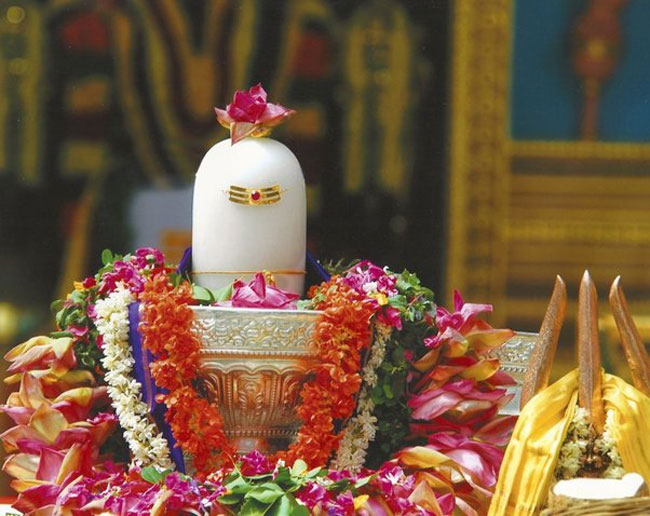 Maha Shivaratri is celebrated on the Chaturdashi Tithi of Krishna Paksha in the month of Phalgun. According to mythology, Lord Shiva and Goddess Parvati were married on this day, making it one of the most sacred festivals. References to the worship, prayers, and devotion to Lord Shiva can be found in the Vedas and ancient scriptures. Temples and Shivlings of Lord Shiva are not only found in India but also in various parts of the world. Evidence of Shiva worship has been found in ancient civilizations, proving that his devotion has existed since time immemorial. While the worship of Lord Shiva is especially significant during the month of Shravan, Maha Shivaratri is also considered an essential day for his worship.
Maha Shivaratri is celebrated on the Chaturdashi Tithi of Krishna Paksha in the month of Phalgun. According to mythology, Lord Shiva and Goddess Parvati were married on this day, making it one of the most sacred festivals. References to the worship, prayers, and devotion to Lord Shiva can be found in the Vedas and ancient scriptures. Temples and Shivlings of Lord Shiva are not only found in India but also in various parts of the world. Evidence of Shiva worship has been found in ancient civilizations, proving that his devotion has existed since time immemorial. While the worship of Lord Shiva is especially significant during the month of Shravan, Maha Shivaratri is also considered an essential day for his worship.
This year, Maha Shivaratri will be observed on February 26, 2025.
Shiva Worship on Maha Shivaratri
On Maha Shivaratri, devotees worship Lord Shiva during the four prahars (watches) of the night. Each phase of the night has a special ritual for the Shivling:
- First Prahar – Abhishek with milk
- Second Prahar – Abhishek with curd
- Third Prahar – Abhishek with ghee
- Fourth Prahar – Abhishek with honey
Observing a fast on this day and performing the rituals throughout the night pleases Lord Shiva. It is believed that worship and Abhishek (ritual bathing) of Lord Shiva on this day bring immense blessings. Lord Shiva is known for his benevolence and is easily pleased by his devotees, which is why he is also called Bholenath and Ashutosh.
Ways to Please Lord Shiva on Maha Shivaratri
To seek Lord Shiva’s blessings, devotees can follow these rituals:
- Offer 108 Bilva (Bel) leaves to Lord Shiva.
- Chant “Om Namah Shivaya” multiple times throughout the day.
- Take a second bath in the evening before performing the night puja.
- Offer Bhang (cannabis mixed with milk), Dhatura, and sugarcane juice to Shivling for prosperity and happiness.
By observing Maha Shivaratri with devotion, devotees can attain spiritual growth, inner peace, and the divine blessings of Lord Shiva.




